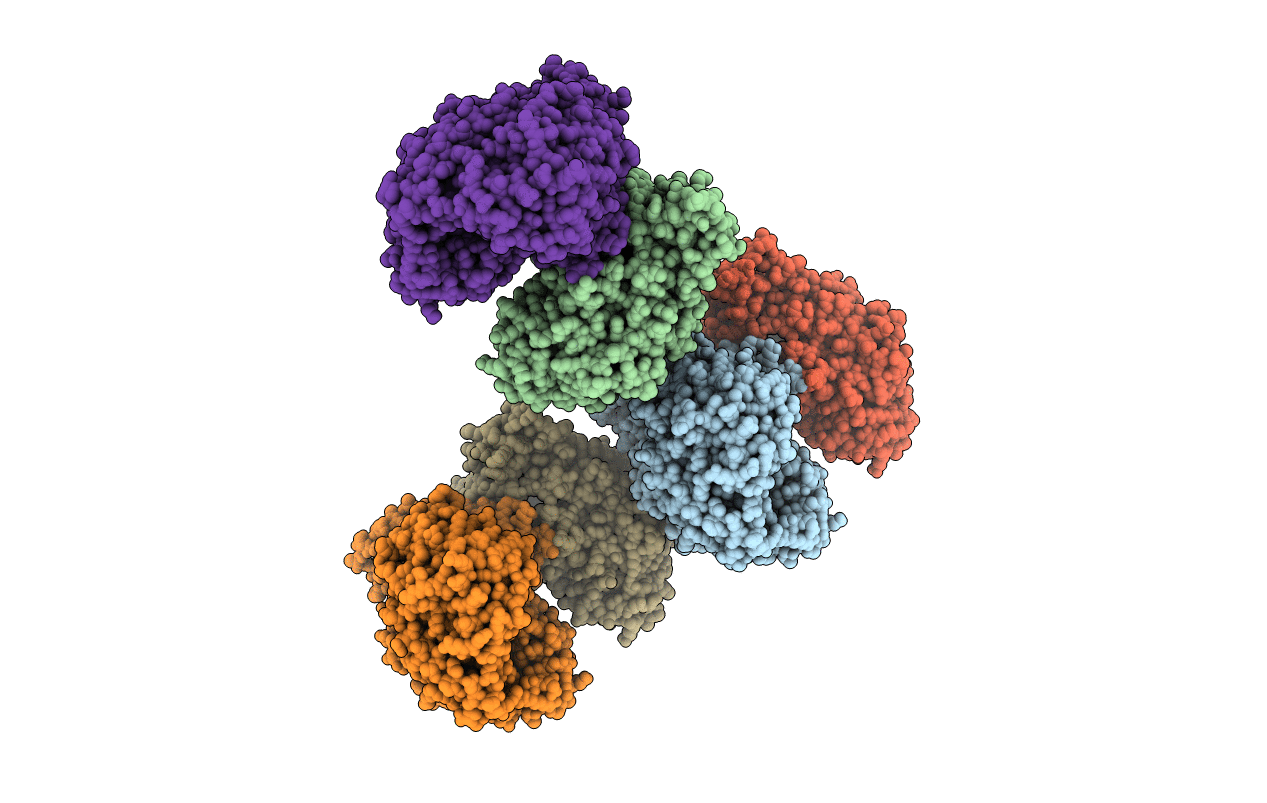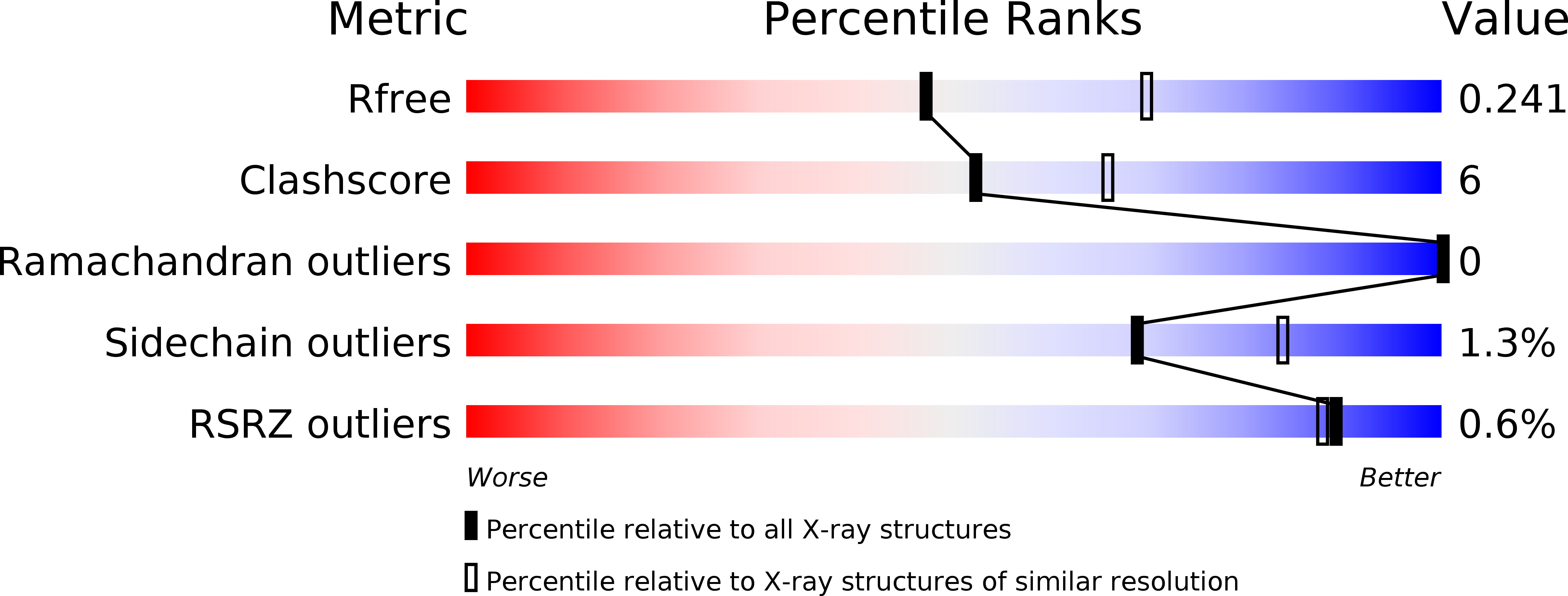
Deposition Date
2016-06-25
Release Date
2017-07-12
Last Version Date
2023-11-08
Entry Detail
PDB ID:
5GIV
Keywords:
Title:
Crystal structure of M32 carboxypeptidase from Deinococcus radiodurans R1
Biological Source:
Source Organism:
Deinococcus radiodurans str. R1 (Taxon ID: 243230)
Host Organism:
Method Details:
Experimental Method:
Resolution:
2.40 Å
R-Value Free:
0.24
R-Value Work:
0.20
R-Value Observed:
0.20
Space Group:
C 2 2 21


